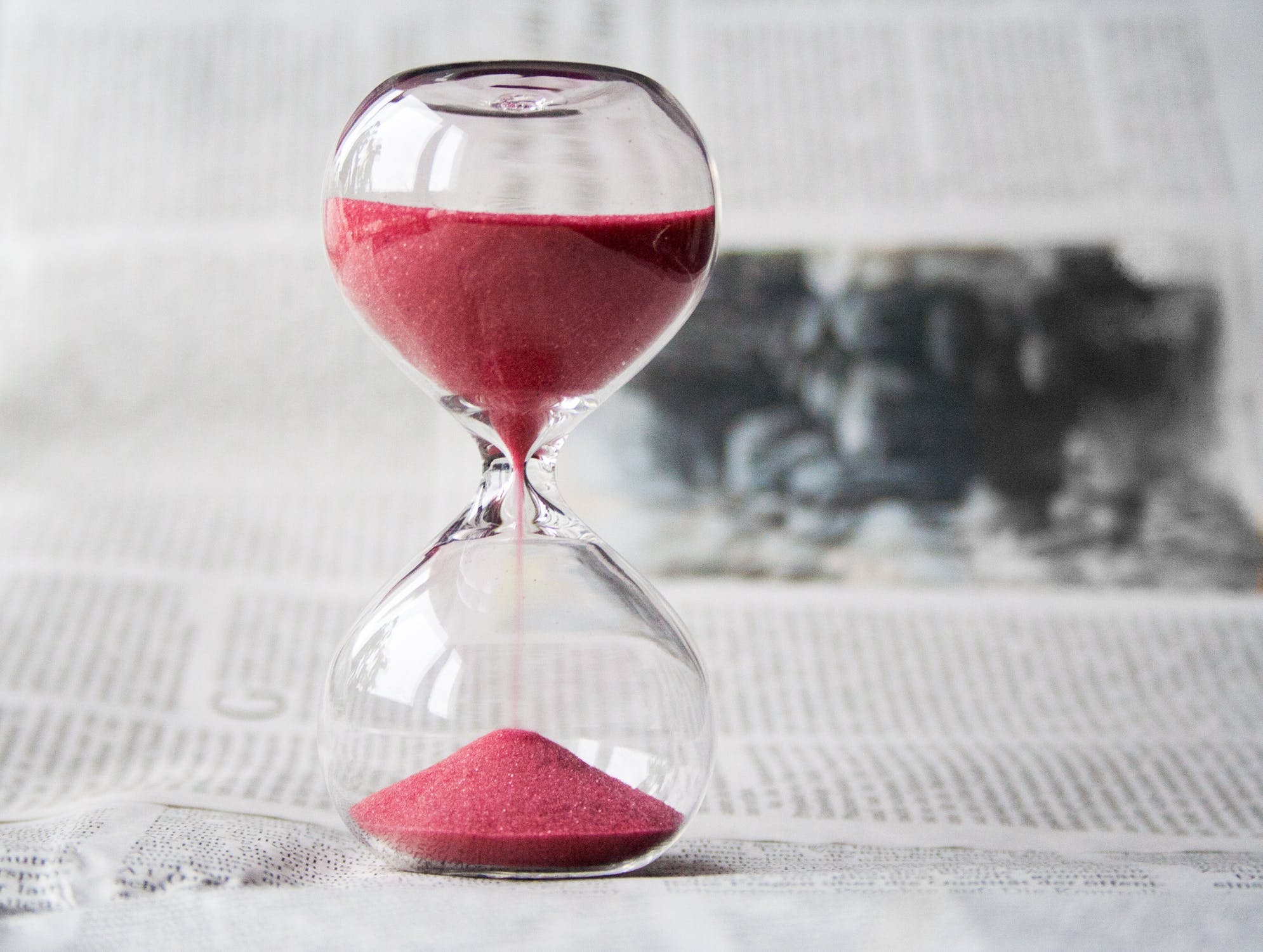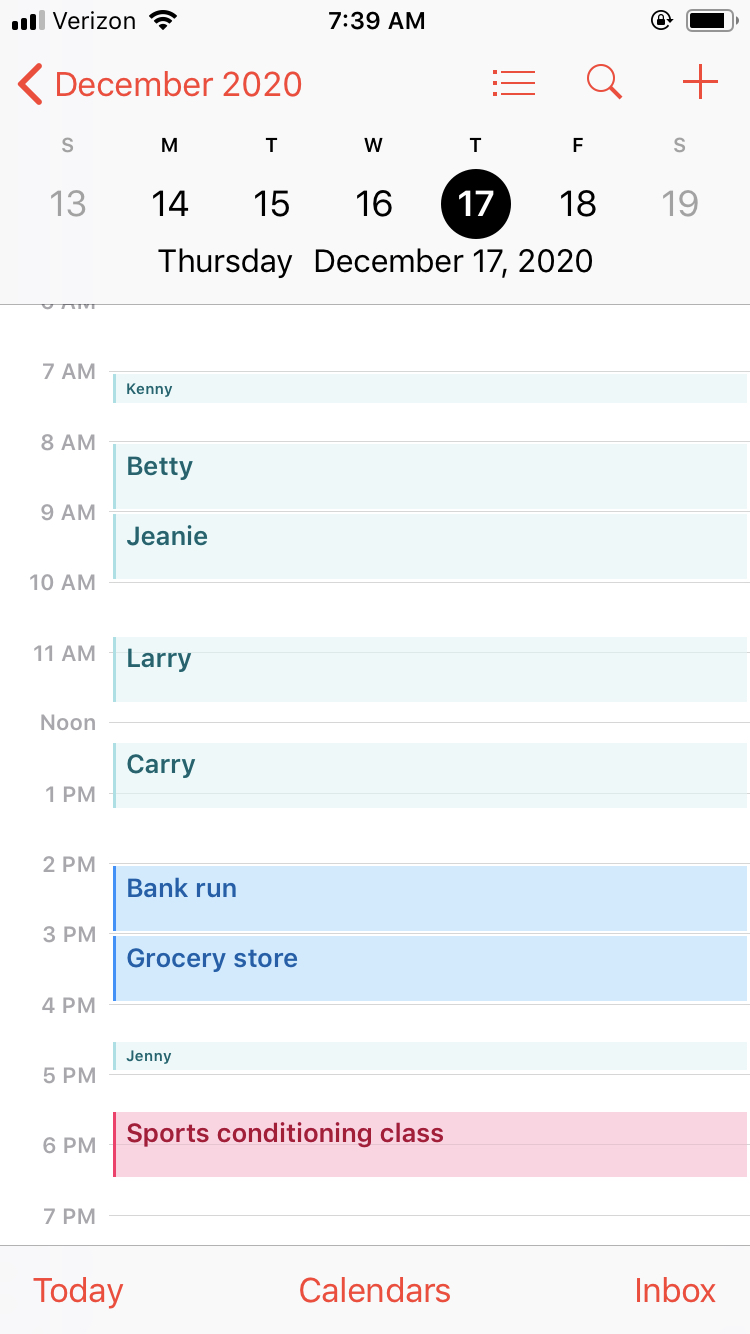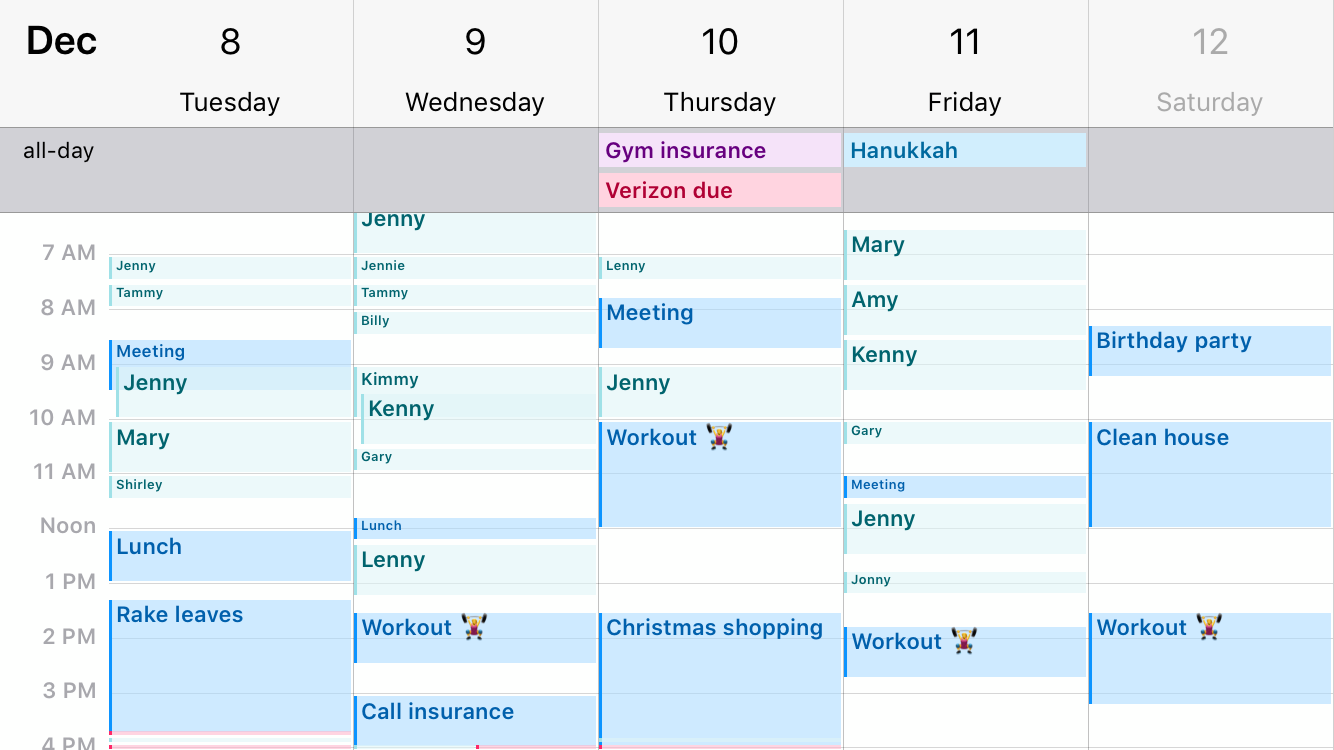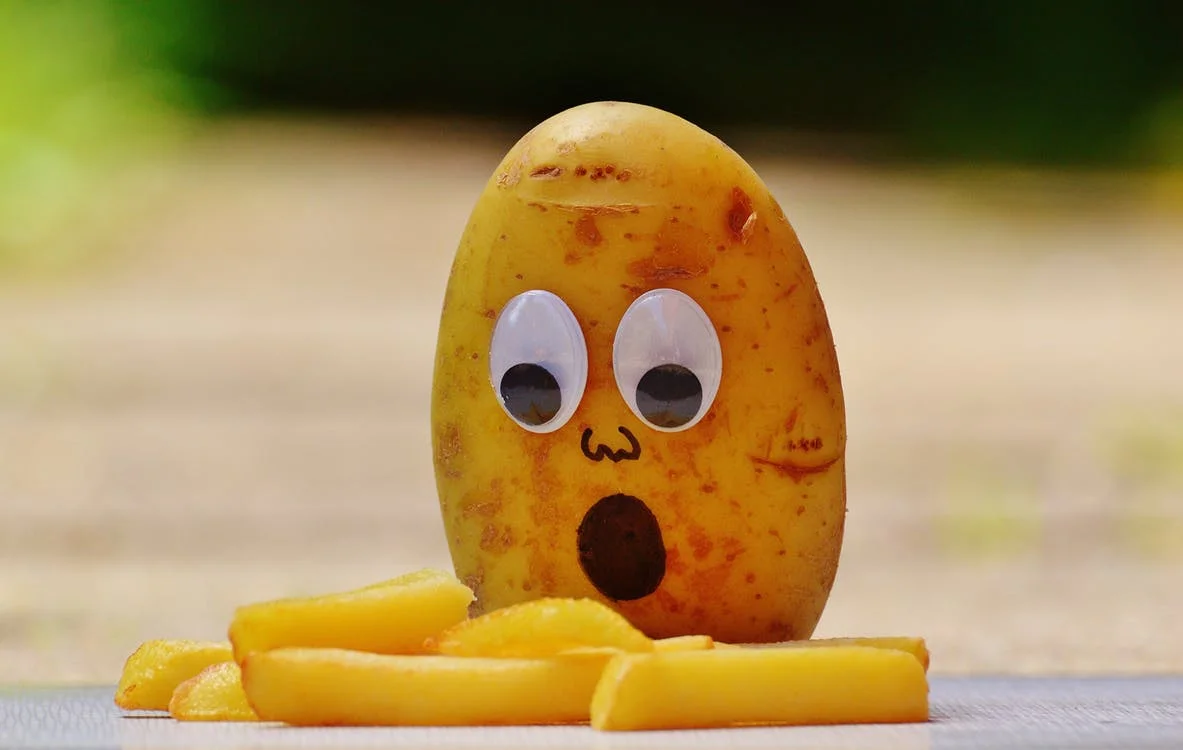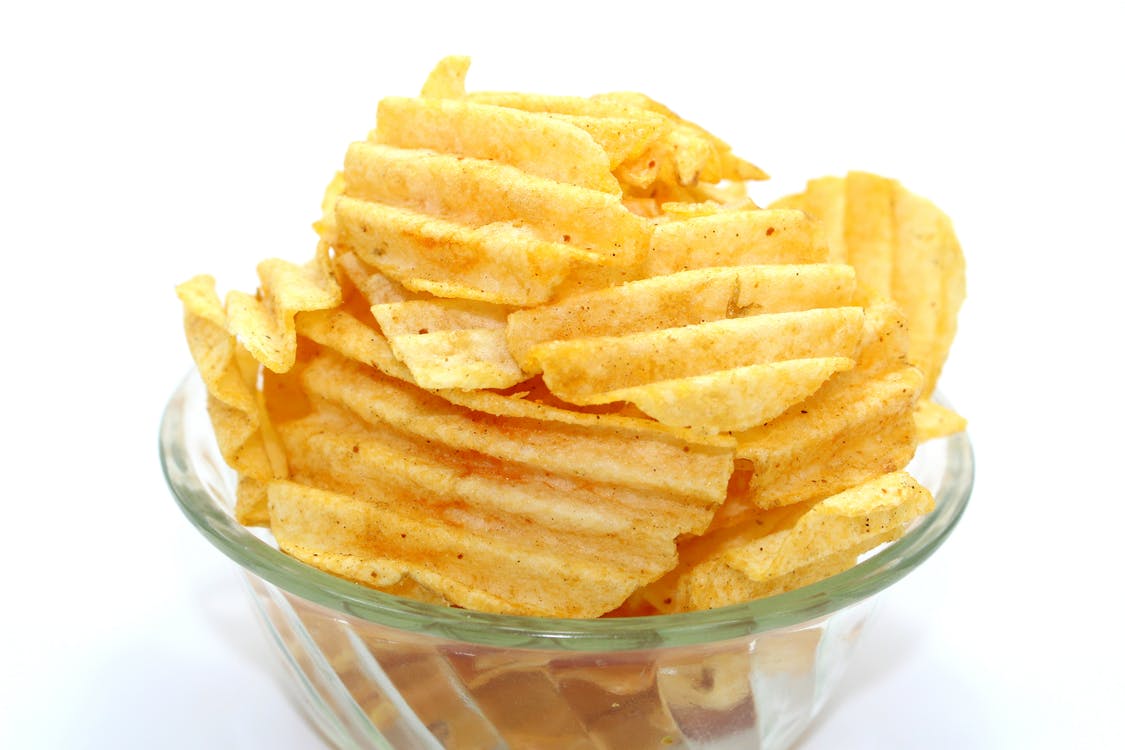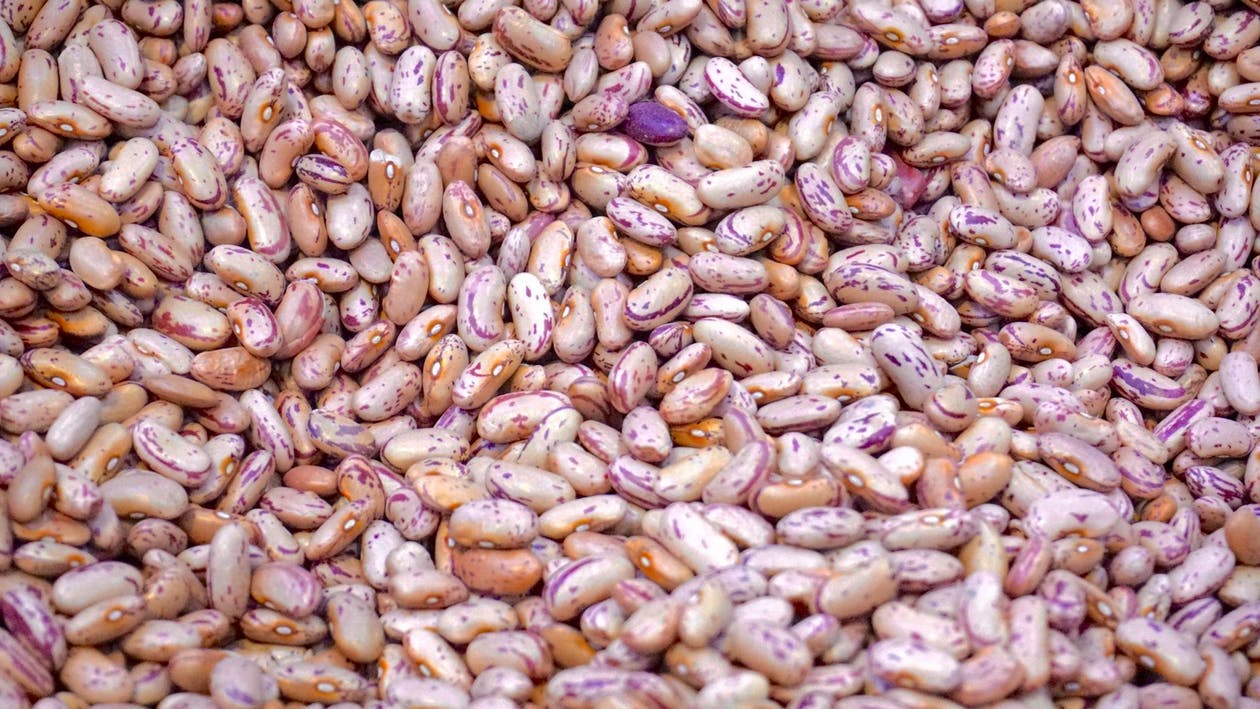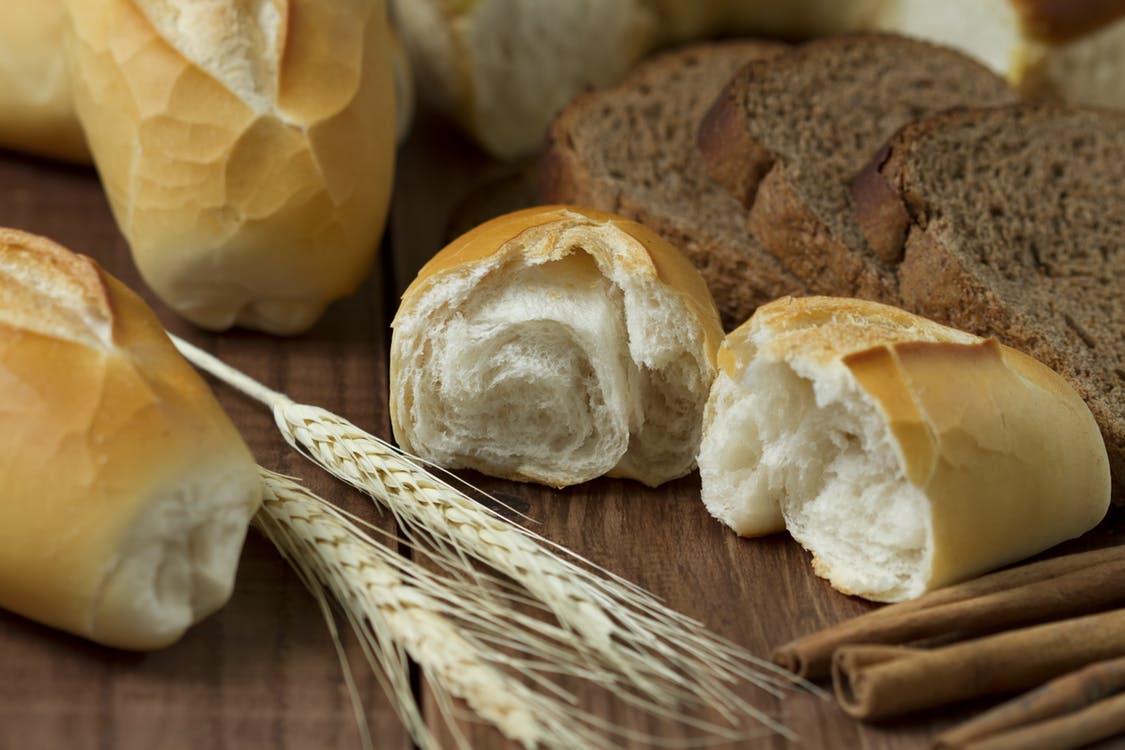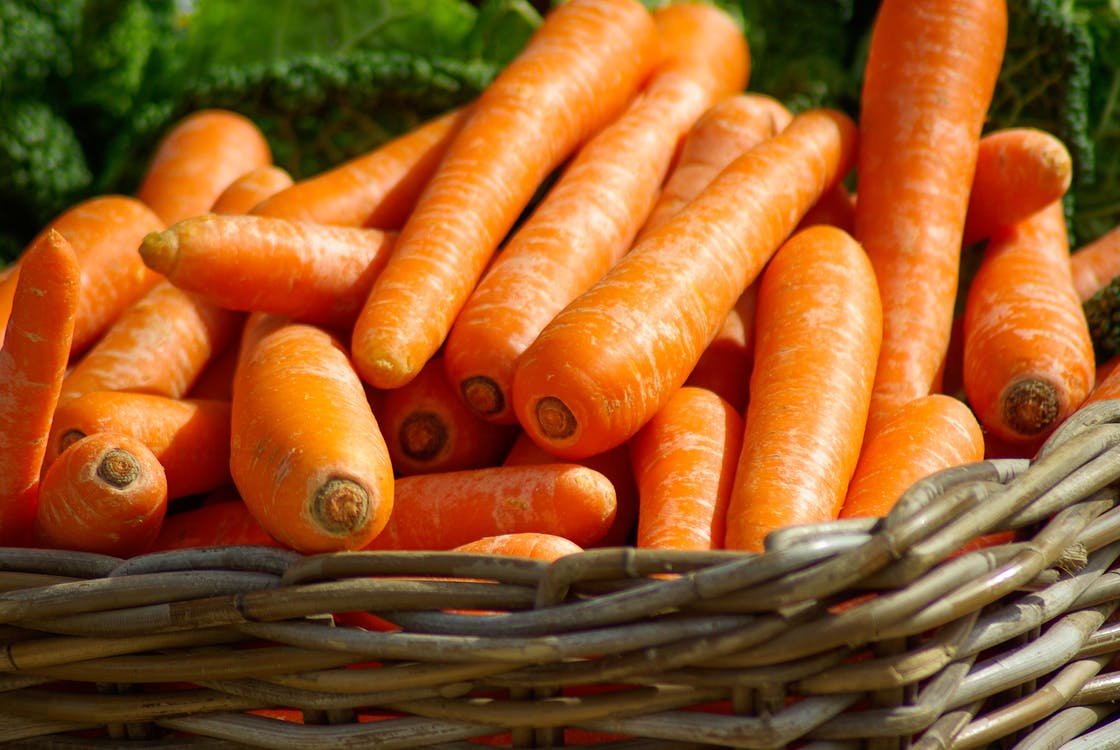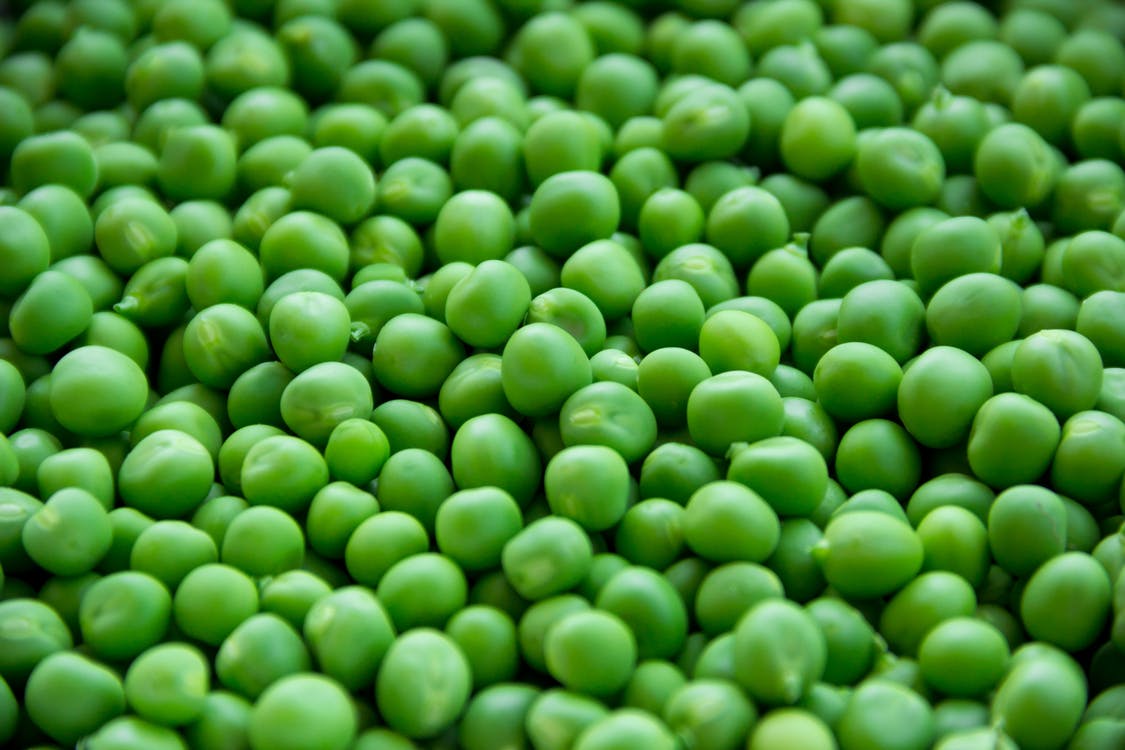Sugar is known as one of the worst things we can put in our bodies. Almost every fad diet recommends you cut it out completely! If you do a quick google search on sugar, the top posts will be articles about the dangers of sugar. While these articles aren’t all wrong, they aren’t all right either. Our bodies need a chemical called glucose to function. It is our main energy source. Your body creates glucose from the carbohydrates in the food you eat. Carbohydrates are the sugars, starches and fibers found in fruits, grains, vegetables and dairy products.
The truth is the correct sugar is really important for your body! Knowing the difference will help you up your fitness game. Heavily processed (added) sugars can set your body up for failure, leading to weight gain, depression, brain health degeneration, and diabetes. What most people don’t talk about is the benefits of natural sugar! Sugar can provide you with energy, help you store energy, carry extra nutrients around your body and boost your mood! Not to mention your brain consumes about 20% of your glucose-derived energy! Our brains use up 400 calories of glucose (¼ of that from sugar) every day. We need sugar to function properly.
When we consume natural sugar, a couple things happen that are worth noting. First they break down much slower compared to their processed counterparts, this helps you to feel full longer and gives you lasting energy. Foods with natural sugars also carry other nutrients that keep you healthy and prevent disease. When the sugar reaches your small intestine it is broken down into glucose. The glucose is then released into our bloodstream where it is transported into our cells to be made into energy. Our pancreas monitors the amount of glucose in the bloodstream and releases insulin to help transport it to our cells. If we have too much sugar in our blood, the insulin supply is unable to keep up and this can cause diabetes. However, if you consume foods that break down slower, your body can handle the transportation of glucose to the cells much more efficiently.
One way to make sure you're making good sugar choices is using a Glycemic Index chart to make informed decisions on sugar consumption. The glycemic index is a system of assigning a number to carbohydrate-containing foods according to how much each food increases blood sugar. The glycemic index itself is not a diet plan but one of various tools — such as calorie counting or carbohydrate counting — for guiding food choices. When foods have a high glycemic index they are more likely to spike your blood sugar. When that occurs, your body goes into fat storage mode. If you choose foods with a lower glycemic index, say between 1-55, you are going to digest the food slower, and therefore receive the sugar at a slower pace. Foods such as bananas and kale are foods with low glycemic indexes, so they release energy slowly and won’t spike your insulin levels. This will be more beneficial for helping you feel full, giving you energy, and forcing your body to utilize the sugar now rather than store it for later as fat.
Foods with natural sugar are very important in our diet. Fruit (fructose) includes vitamins, antioxidants, and fiber that help reduce your risk of cancer, extra fiber in your diet can help you feel full which prevents overeating. Grapefruit is one of the most nutrient dense fruits. It’s packed with vitamin C and A, fiber, potassium and lots of antioxidants! Cherries are another great fruit choice, they are a great source of vitamin A, fiber, potassium, and folic acid.
Dairy products and dairy alternatives also have natural sugar in them, in the form of lactose that is paired with both protein and vitamins! One cup of white milk contains 12 grams of naturally occurring sugar. One cup of unsweetened soy milk contains only a gram, but has a lower glycemic index (~34) compared to a cup of skim milk(~37). Good dairy choices, such as whole milk, and cottage cheese give you more than calcium. Whole milk and cottage cheese also have phosphorus, vitamin A, vitamin D, Riboflavin, vitamin B12, protein, potassium, zinc and magnesium.
It’s important to stress that sugar, like most food choices, is best in moderation. Having a meal that contains some fruit or plain yogurt could be really beneficial to boosting your mood and energy. Too much sugar and you could be feeling sluggish, nauseated, or mentally fuzzy. At snack time if you have to choose between a piece of fruit or a cupcake, genuinely consider which choice will make your body feel better. Which will continue to benefit you throughout the day, and which will have you potentially feeling tired, bloated, or sick.
written by: Jessica Bergman





